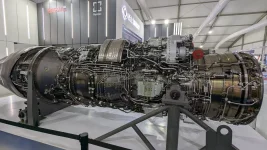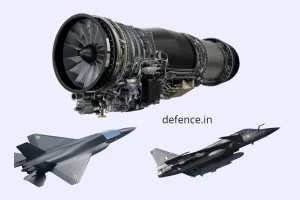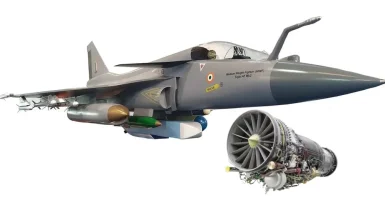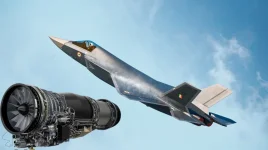- Views: 4K
- Replies: 29

India and France have concluded negotiations for the purchase of 26 Rafale-Marine (Rafale-M) fighter jets, a deal estimated to be worth around €7 billion (approximately $7.6 billion USD). A formal signing of the agreement is anticipated in April, coinciding with a visit from the French Defence Minister to India.
This procurement represents a vital move in bolstering the Indian Navy's air capabilities at sea. The advanced Rafale-M fighters are slated for deployment on India's aircraft carriers, INS Vikrant and INS Vikramaditya. This will substantially increase the operational reach and effectiveness of these carriers, particularly within the strategically important Indo-Pacific region.
The Rafale-M is a specialized version of the Dassault Rafale, engineered specifically for operation from aircraft carriers. The procurement includes 22 single-seater Rafale-M aircraft, designed for both takeoff and landing on carrier decks and also includes four Rafale B trainer variant.
The Indian Navy's new Rafale-M jets will be equipped with the same advanced weaponry found on the Indian Air Force's existing fleet of 36 Rafale aircraft. This includes integration of the Meteor beyond-visual-range air-to-air missile (BVRAAM) and the indigenously developed Astra Mk1 BVRAAM.
The Meteor missile, developed by MBDA, is widely considered one of the most capable air-to-air missiles in the world. It offers a "no-escape zone" significantly larger than that of older BVRAAMs, thanks to its ramjet propulsion system, giving it a range exceeding 100 kilometers.
The Astra Mk1, developed by India's DRDO, is a solid-fueled missile with a range also reported to be over 100 kilometers, and is designed for all-weather, day-and-night capability. The integration of both missiles provide flexibility on indigenous and foreign made missiles.
The combination of the Rafale-M's advanced radar and sensor suite, coupled with these long-range missiles, will significantly enhance the Indian Navy's ability to project power and maintain maritime dominance.




